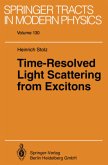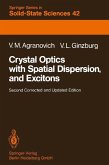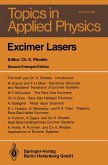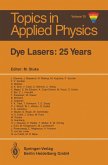Low-temperature spectroscopy of organic molecular crystals came into being in the late 20s, just when quantum physics of solids as a whole began to de velop vigorously. Already in the early works, two experimental facts of prime importance were discovered: the presence of a multitude of narrow bands in the low-temperature spectrum of a crystal, and a close relationship between the spectrum of the crystal and that of the constituent molecules. These findings immediately preceded the celebrated paper of Frenkel in which he went beyond the framework of Bloch's scheme and advanced the exciton concept. Subsequent investigations showed that the most interesting features of the spectra of molecular crystals are associated with excitons, and then the spectroscopy of molecular excitons began to form gradually on the basis of the spectroscopy of organic crystals. The molecular exciton became synonymous to the Frenkel exciton in a molecular crystal. In view of the difficulties involved in the analysis of rich spectra con taining many tens of bands, the spectroscopy of molecular crystals had long been connected most closely with the spectroscopy of molecules. It had deve loped independently, to a large extent, from the other branches of solid state physics. This was also emphasized by the difference in experimental techniques, the specific properties of the objects, etc. As a result, there was some lag in ideas and concepts.








